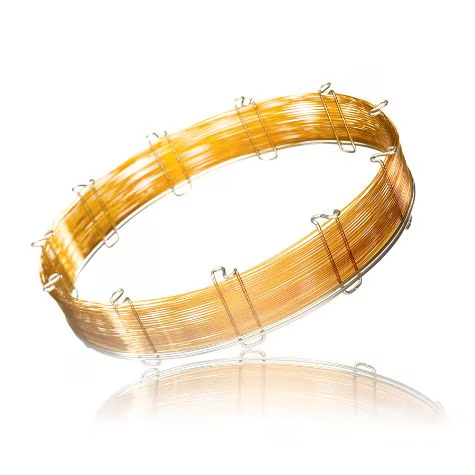Separation Process:
As the sample travels through the column, each component interacts with the stationary phase to varying degrees based on its properties (like boiling point and solubility). This causes components to elute (come out of the column) at different times, allowing for separation and detection.
